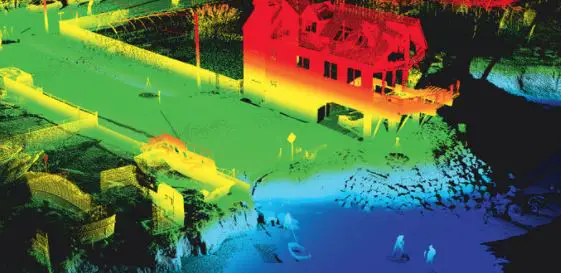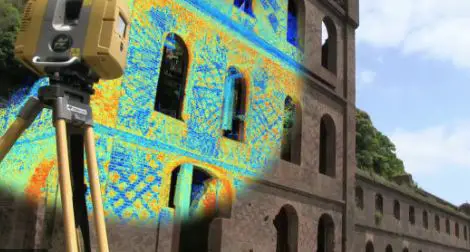Here is the best way to break down the difference between LIDAR and laser scanners. They might seem similar but their applications and technical definitions are different.
Major Difference Between LIDAR and Laser Scanner
LIDAR utilizes the LASER Technology but LASER doesn’t utilize LIDAR. LIDAR is a technique and not a device.
Lidar scanning measures distance by illuminating a target with pulses of light just outside the visible spectrum to measure the time it takes for the light to reflect off its surface and return to a sensor.
It works similar to a RADAR system, except the RADAR system uses radio waves instead of lasers.
It's also known as "light detection and ranging" or "laser imaging, detection, and ranging"
Laser scanners use infrared lasers that bounce off targets, then measure how long they took to do so.
Both scanning methods provide detailed 3D model generation, which makes them ideal for digitizing objects, surveying land, and mapping terrain.
Lidar scanners are better at detecting smaller objects than laser scanners, but laser scanners work well when there is little contrast between an object and its background.
Major LIDAR Scanner Applications

LIDAR scanning is way better at capturing large areas quickly. Such as Google Earth photogrammetry data.
It works by emitting pulses of laser light in all directions and then measuring the time it takes for the light to return.
This data is then used to create a 3D model of the area in the shape of a point cloud, where each point represents captured laser light returning from a particular spot in space.
Smartphones like the iPhone 12 Pro features a LiDAR scanner.
- Google Earth photogrammetry cities (Large scale scanning)
- Large scale room scan
- Space exploration
- Forensics
- Faster focus for photography applications
- AI machine learning
- Robotics
- Self driving cars
- Terrestrial LIDAR projects
- Airborne LIDAR system
- Engineering project analysis
- VR and AR applications with much faster speed in real time
- Real estate virtual tours
- Archaeology
- Predicting Fires
- Large scale industrial design projects
Major Laser Scanner Applications

Laser scanning is very good at capturing small details, making it ideal for capturing the surface texture of objects into a 3D model.
This is very helpful for product re-design workflow, game development and other model optimization work.
- 3D model scanning
- Land survey
- Spatial scanning
- Road surveying
- Urban topography
Limitations
LiDAR is still quite nascent as the earlier technologies had major limitations. With the new technology, scientists hope to be able to solve these challenges.
- This process requires a special kind of laser source to measure the exact time when an outgoing beam collides with an incoming beam.
Even with multiple iterations, the accuracy may not be 100% - Secondly, a high level of expertise is required to read the data ( Not a bad thing)
- Can't measure distance through heavy rain, snow, and fog
